![]()
![]()
![]()
Use LEFT and RIGHT arrow keys to navigate between flashcards;
Use UP and DOWN arrow keys to flip the card;
H to show hint;
A reads text to speech;
18 Cards in this Set
- Front
- Back
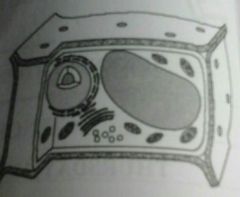
The diagram shows a sketch of a cell. Is this a plant cell or an animal cell? Give a reason for your answer. |
Plant cell. Has a large vacuole. |
|
|
State the function of white blood cells. |
Protects body from disease, fights infection. |
|
|
State the function of red blood cells. |
Transports oxygen. |
|
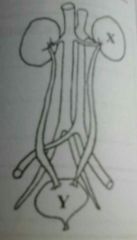
In the diagram of the human urinary system, state the function of the organ labelled X. |
Filters blood, makes urine. |
|
|
Name a product of excretion which is stored in the organ labelled Y |
Water. |
|
|
Name one illness caused by (i) bacteria and (ii) viruses. |
(i) tonsillitis. (ii) chicken pox. |
|
|
In an experiment to test for the presence of protein in egg-white (albumen) , chemicals are added to the egg-white. Name a chemical used. |
Sodium hydroxide. |
|
|
What colour would confirm the presence of protein in the egg-white? |
Violet. |
|
|
Explain why the raven is classified as a vertebrate. |
Has a backbone. |
|
|
In ecological terms, is the raven classified as a producer, a consumer or a decomposer? |
Consumer. |
|
|
Name the two major bones found in the lower part of the human arm, ie between the elbow and the wrist. |
Radius and ulna. |
|
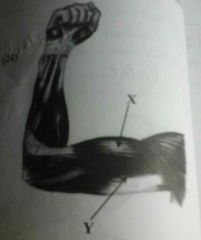
The muscles labelled X and Y in the diagram form an antagonistic pair of muscles, which work together to move the lower arm up and down. With reference to these muscles, explain how the lower arm is (i) raised and (ii) lowered. |
(i) biceps shortens and triceps lengthens (ii) triceps shortens and biceps lengthens. |
|
|
Distinguish between ligaments and tendons. |
Ligaments - joins bone to bone Tendons - joins muscle to bone |
|
|
Name the type of joint that is located at the human elbow. |
Hinged joint. |
|
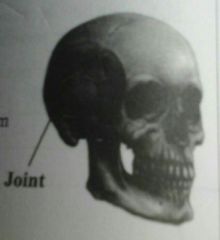
Name the type of joint that is indicated on the diagram of the human skull. |
Fused joint. |
|
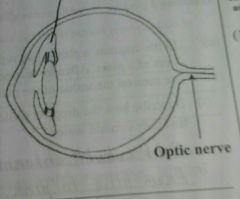
Explain how the ciliary muscle works to help eyesight. |
Changes the shape of the lens. |
|
|
Describe the function of the pupil. |
Allows light to enter the eye. |
|
|
The optic nerve , labelled on the diagram, carries information from the eye to the brain. Is the optic nerve an example of a sensory nerve or a motor nerve? |
Sensory nerve. |

